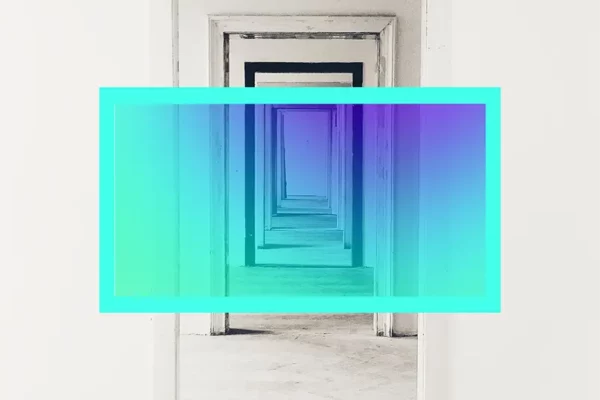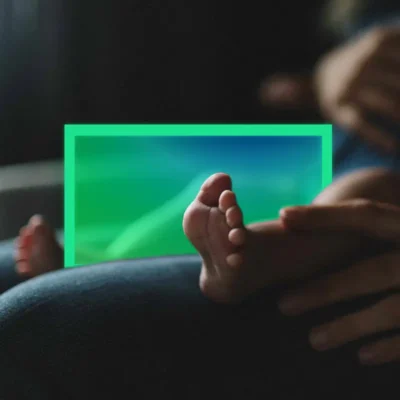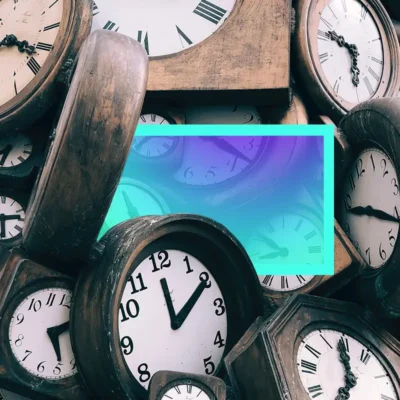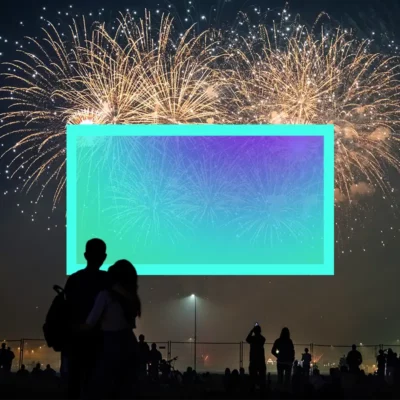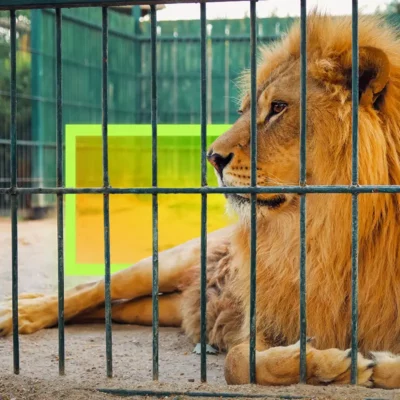ROHAN GUNATILLAKE: So, I’m thinking a lot about transitions. The temperature dropping as seasons shift, winter starting to bite. One year clicking into the next. Closer to home, the city where I live moving from one level of restriction to another.
Closer still, my son no longer just a child but a schoolchild. He’s just finished his first term at school, having transitioned seamlessly into the routine of Monday-to-Friday life.
He’s loving the learning and it’s a daily delight to see him soaking it all in. But part of me does miss the naïveté of before.
But his excitement when I drop him off in the morning is the right kind of infectious. Hair already ruffled and blue school blazer a size too big for him.
His little body alive and upright. His smile ready. His head loose on the top of his spine, looking for the first friend to run up to. ‘Watch out, we’re going to make some mischief, Daddy!’
So let’s start our meditation time together by embodying Arne’s little big energy.
Back upright, bringing alertness and vivacity. The head sitting soft. Hosting a smile. Soft, open but alive and ready for connection.
I’ve made a thing of transitions in my day. Especially the big ones.
If you arrive home from work and aren’t careful, you can bring all the stresses and drama from your workplace into the first conversation you have with your partner or your first interaction at home. At least I can.
So I used to use the act of walking through the door as a reminder to reset, to let go, to give my family the gift of freshness.
But like I suspect many of you, this year many of the thresholds which allow these transitions to happen have collapsed. Going from work to home is now just a spin of the home office chair.
The space we work, workout, eat out, for much of this year has all been the same. No natural transitions of the commute, the school run, the front door.
I get so much from those transitions, from those thresholds, those liminal moments. I need them.
Moments of change. Spaces for starting again. Spaces where I find rest, and, without the pressure of always being on, where I find my best ideas.
So I’ve taken to building them, engineering thresholds. Walking out the house at the end of the work day so I can enter it again as a family space.
Little rituals, invisible to the naked eye. The holding of a cereal bowl in two hands, votive. A long glass of water, a new start. Each doorway in my house, a portal.
So let’s pay attention to the small transitions, the ones whose potential is always here but sometimes overlooked.
The place where the inbreath and the outbreath meet. Yes, it’s subtle but there is a spot, a moment, a no-thing where breathing switches directions.
In fact there are two. Let’s see if you can find one, the one at the end of the in-breath and before the out-breath is the easiest. See if you can put your attention here, at the turning point of the breath. After the in-breath ends and before the out-breath begins. I’ll give you a moment to do this.
Here’s the thing to know. When we put our attention in a place of peace, subtlety and creative potential, that is what our mind becomes. Mind follows attention. It’s worth saying again, I think. Mind follows attention.
Resting here at the threshold in the breath, neither one thing nor another.
The threshold of the breath. Often overlooked. Not today. Not by us. Resting here. Letting it draw the mind quieter and quieter.
Ok.
About seven years ago I got a T-shirt made, based on a classic.
You know the type, the original design was by a Dutch design collective called Experimental Jetset with the words John & Paul & Ringo & George.
That first set also had ones for the Rolling Stones and the Ramones.
Mine, though, had the names of the meditation teachers who’d influenced my practice the most. And one of them, Rob Burbea, died this year. The youngest on the shirt.
I think I’m still transitioning from a world with Rob in it to one without him. Just saying that is a lot.
Rob and I spoke about lots of things, but when it comes to transitions, one stands out.
“What would it be like to look?” He always presented instructions as invitations, which I loved.
“What would it be like to look at the line between meditation and non-meditation?”
This turned into something massively important to me, so let me invite you in, too.
The line between that we call meditation and that we don’t.
If at the end of a meditation, you completely switch your attention and attitude as you transition into the rest of your day, it’s a lost opportunity. But if you take some care and allow the quality of your awareness and curiosity to flow into what’s next, then the line between meditation and non-meditation becomes more fuzzy.
And over time, you can do it so well that even the phrase ‘ending a meditation’ doesn’t make sense.
So let’s try.
Shoulders relaxed. Face soft. Smiling like Rob would.
Smiling like my son walking through the school’s front door. And breathing.
Riding the breath wherever it takes you. Dropping into the threshold space or wherever feels right. Dedicating this time to developing positive qualities of heart. All together in this wonderful strange community, separated by time and space but joined by this.
And as we start to close the meditation. Setting the intention, entertaining the idea, that with the right transitional energy, the line between meditation and that which is not, collapses, was never there.
Paying attention to transition, to see through transition.
Thanks Rob, you were the best.
And thank you. You’re alright too.
See you later.

